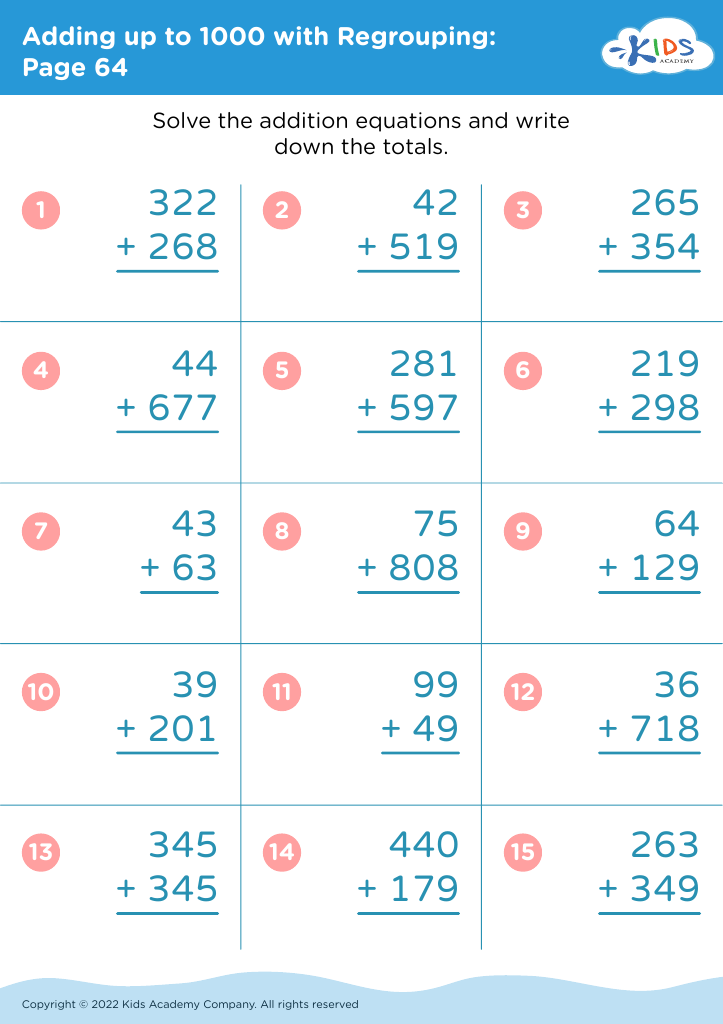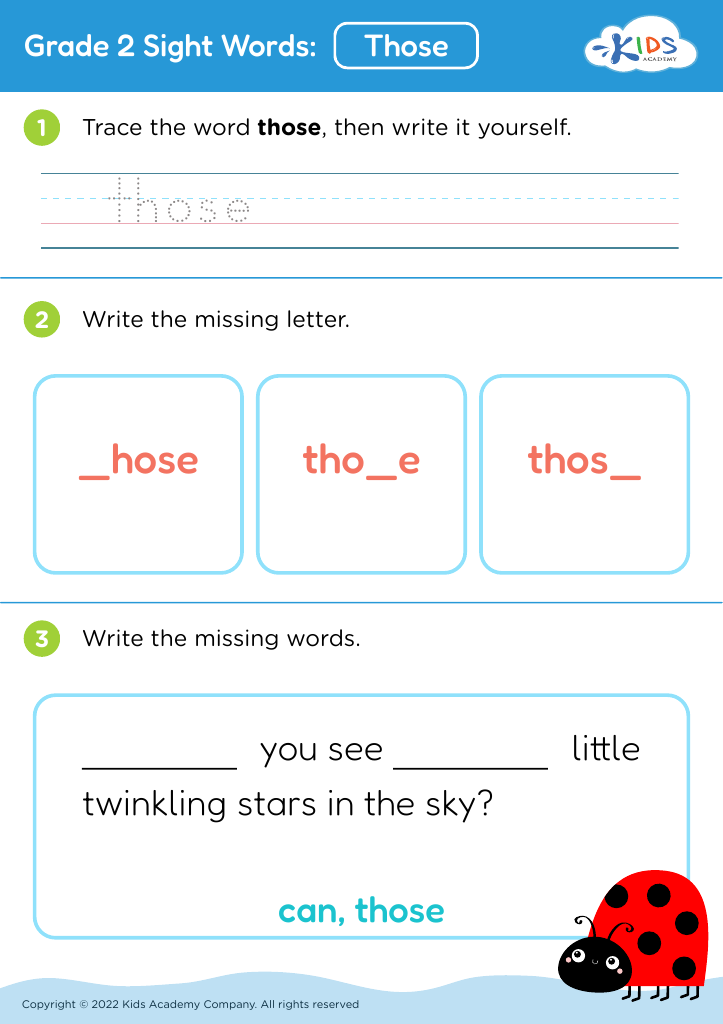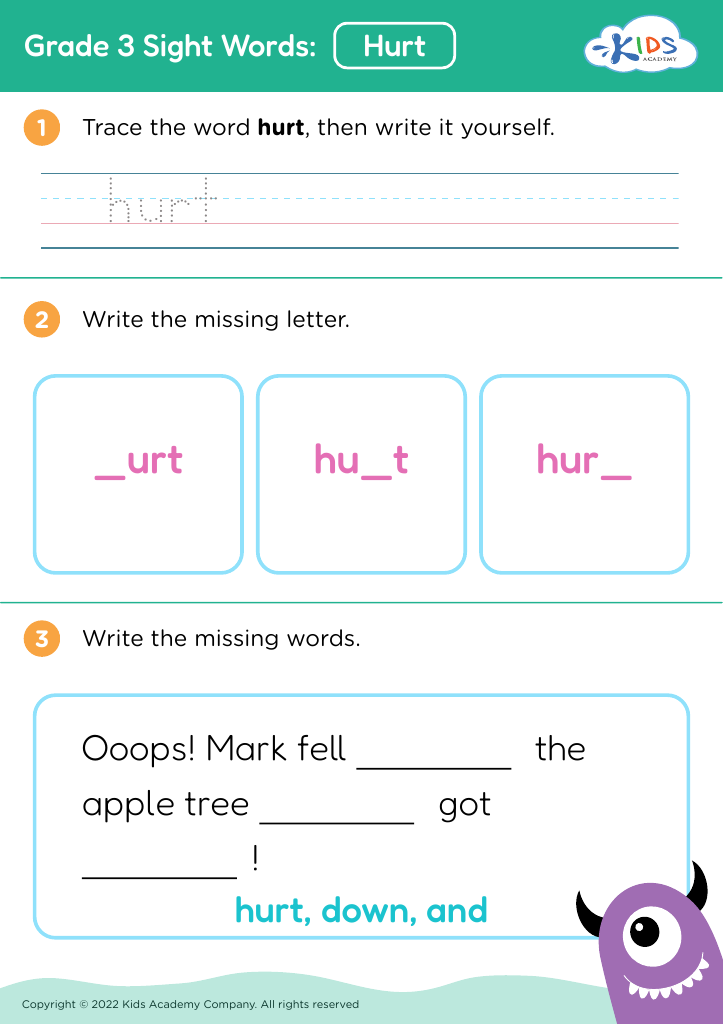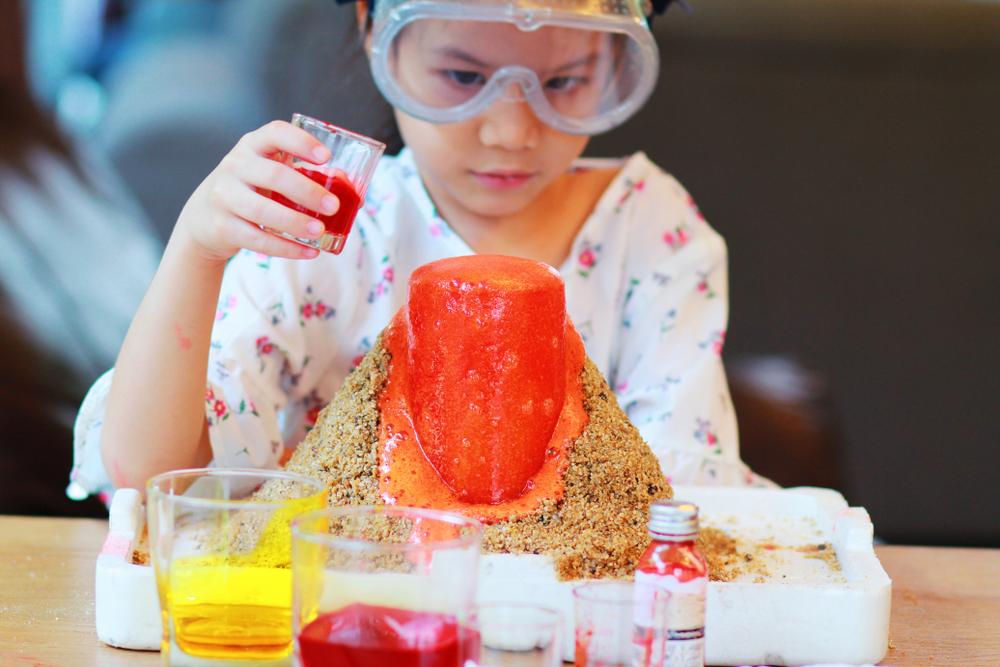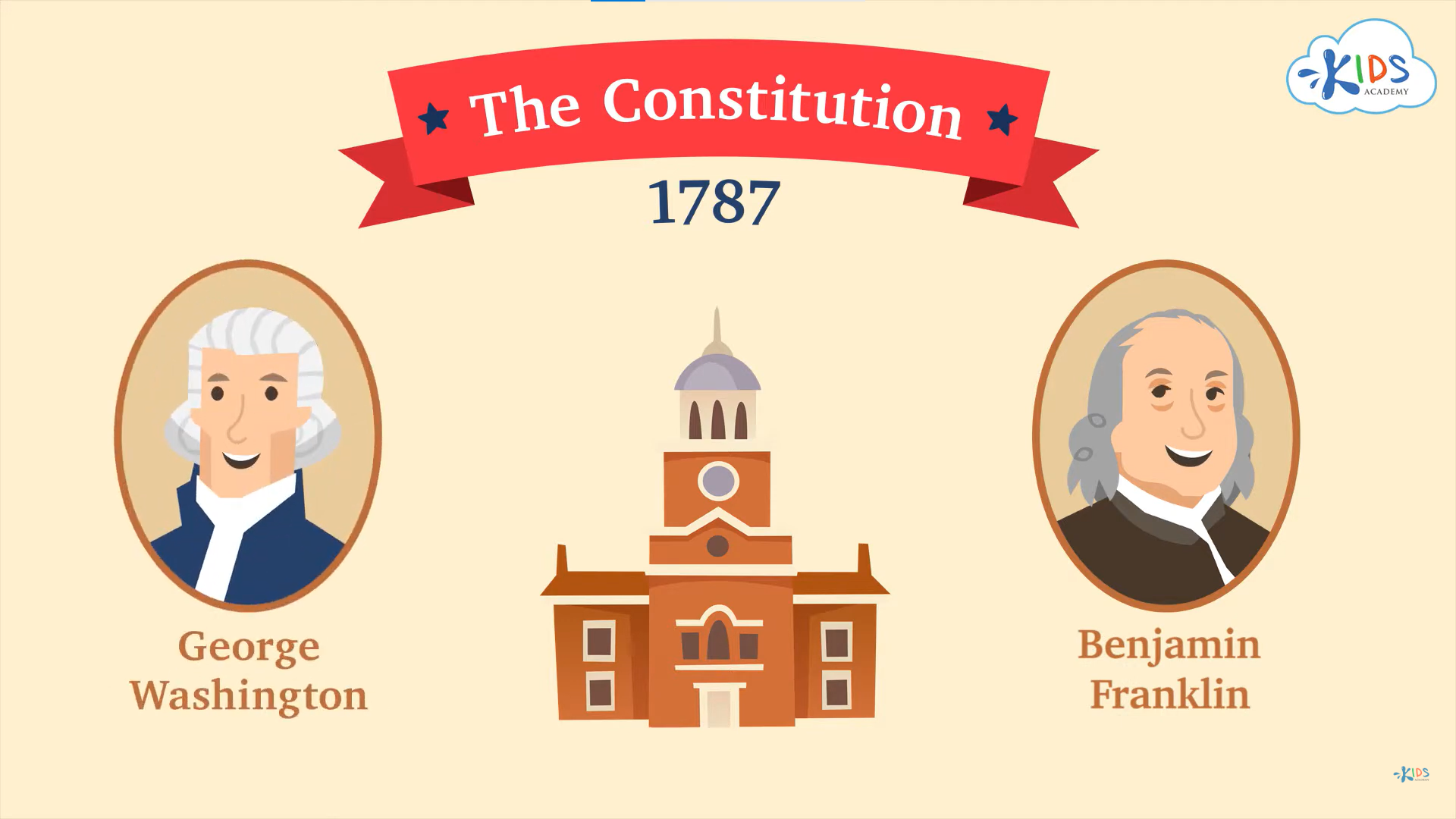Attention to Detail Worksheets for Ages 8-9
13 filtered results
-
From - To
Our "Attention to Detail Worksheets for Ages 8-9" are designed to sharpen your child's focus and precision. These engaging worksheets feature a variety of fun activities like spotting differences, matching items, and following complex instructions that enhance observational skills. Ideal for both classroom and home settings, these printable resources help children develop critical thinking and vigilance. Perfect for fostering meticulousness in young learners, the worksheets cover multiple subjects including math, reading, and puzzles. Give your child the tools to excel with our meticulously crafted activities that make learning enjoyable and effective. Get started today on developing those essential attention to detail skills!
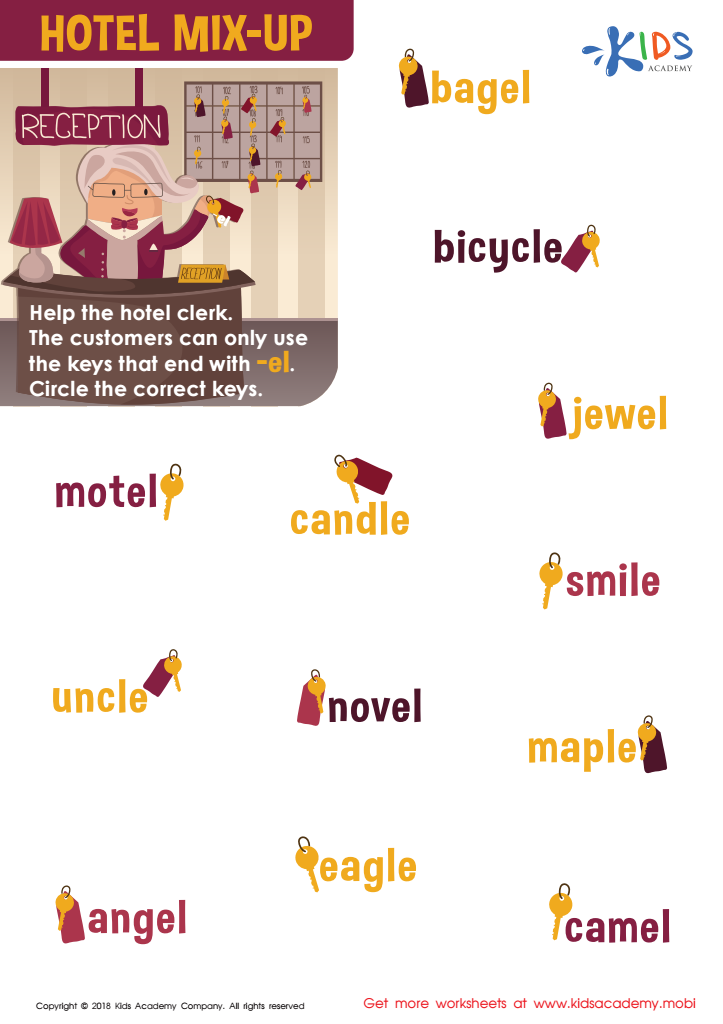

Hotel Mix-up Worksheet
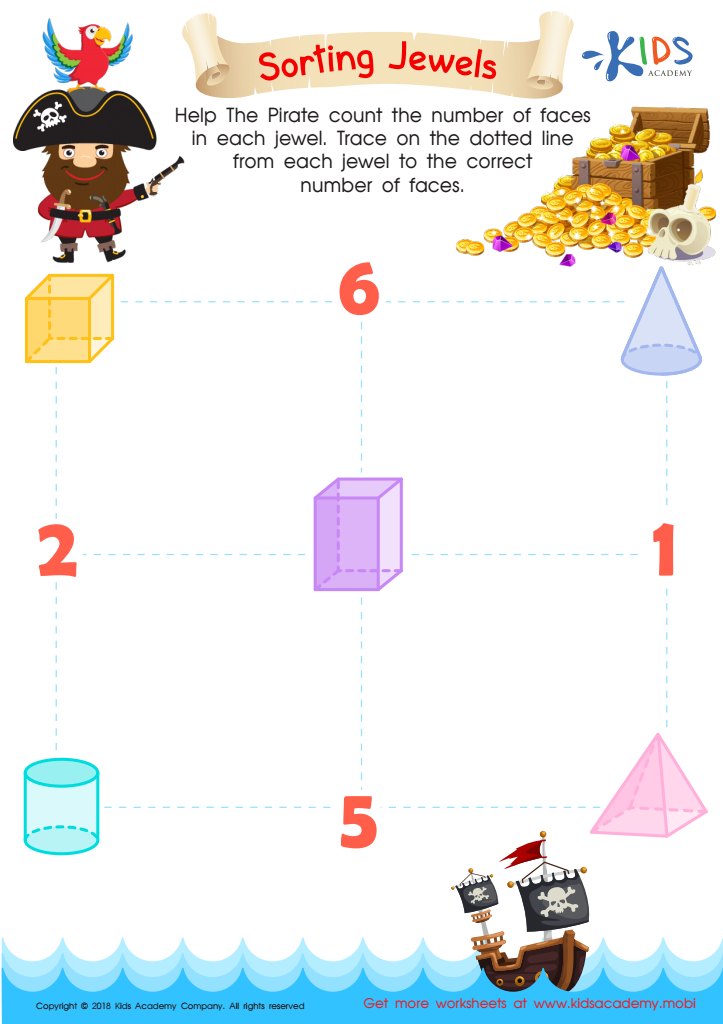

Sorting Jewels Worksheet
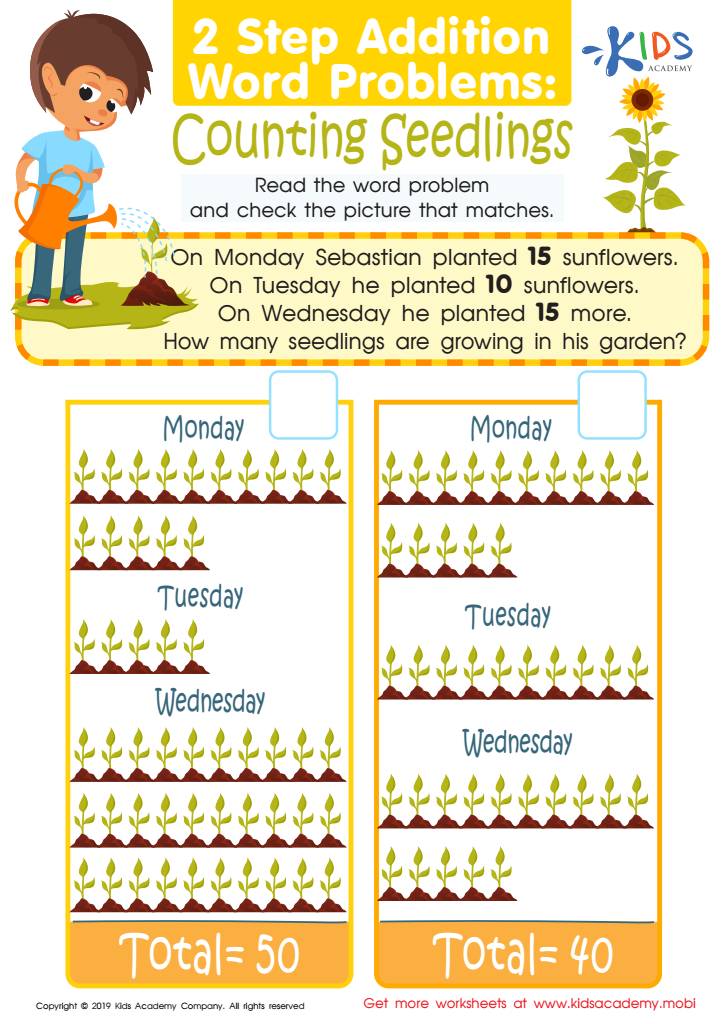

Counting Seedlings Worksheet
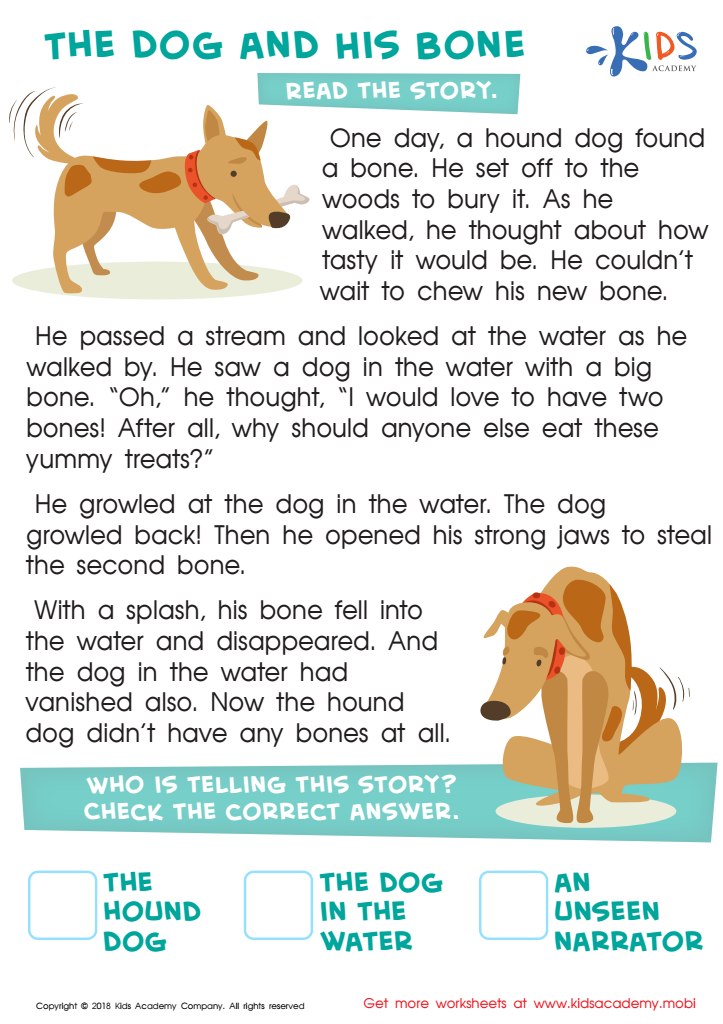

The Dog and His Bone Worksheet
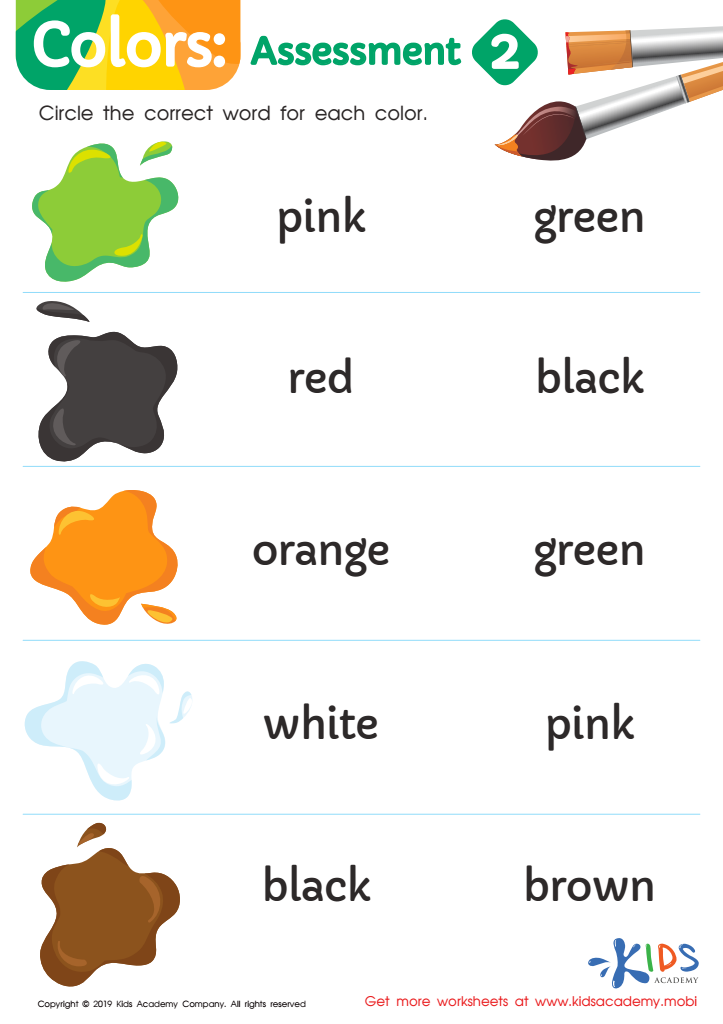

Colors: Assessment 2 Worksheet
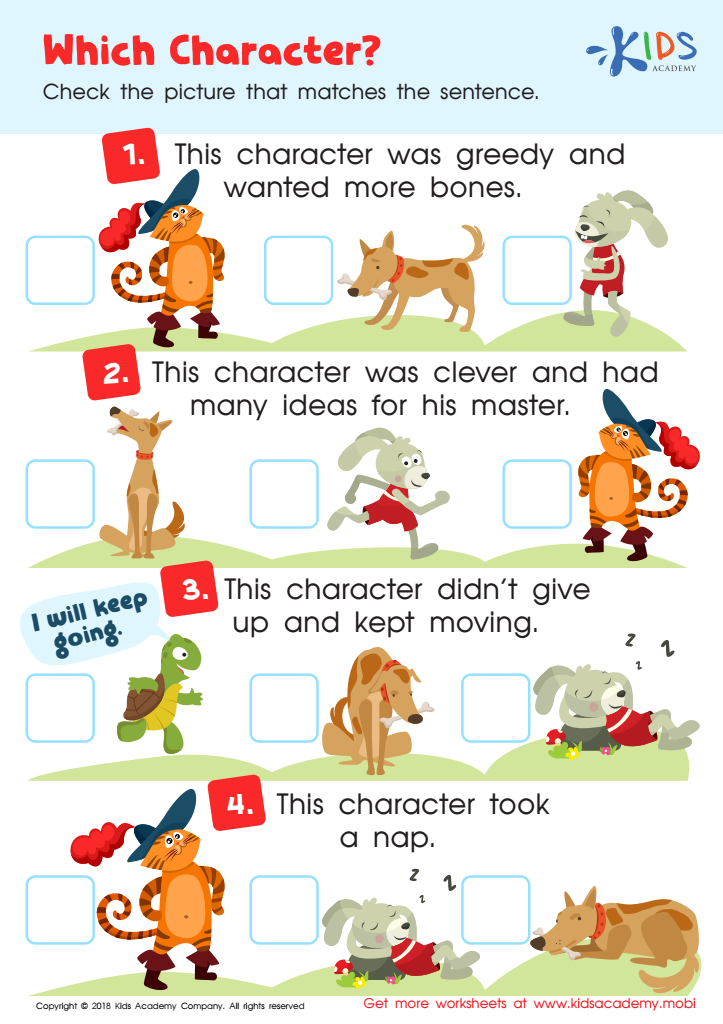

Which Character Worksheet
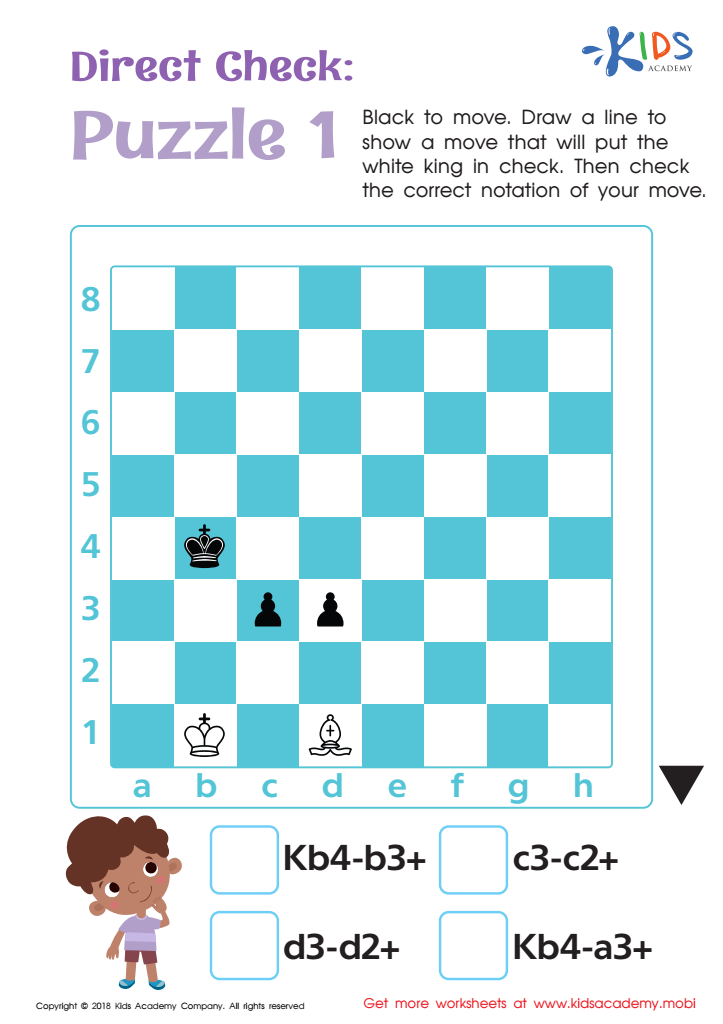

Direct Check: Puzzle 1 Worksheet
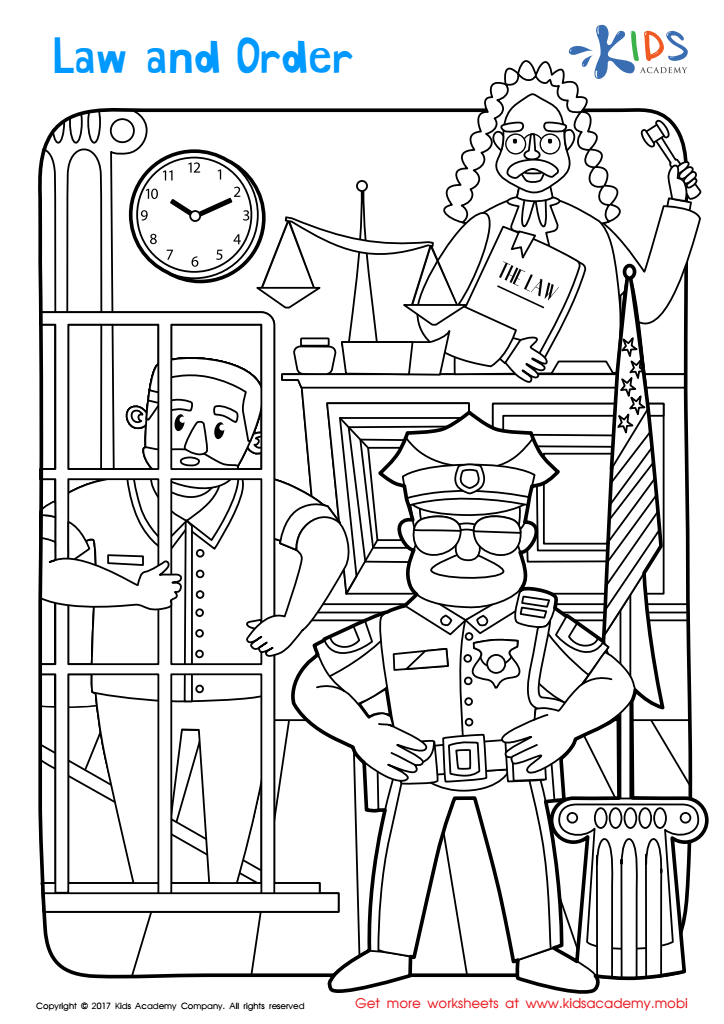

Law and Order Coloring Page Worksheet
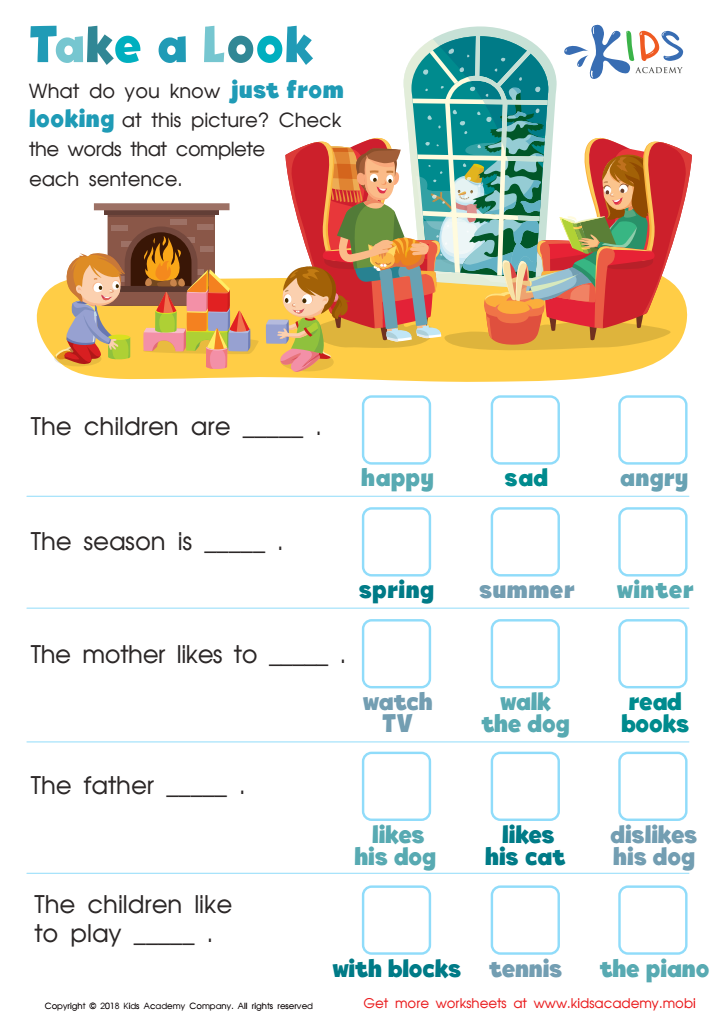

Take a Look - Part 1 Worksheet
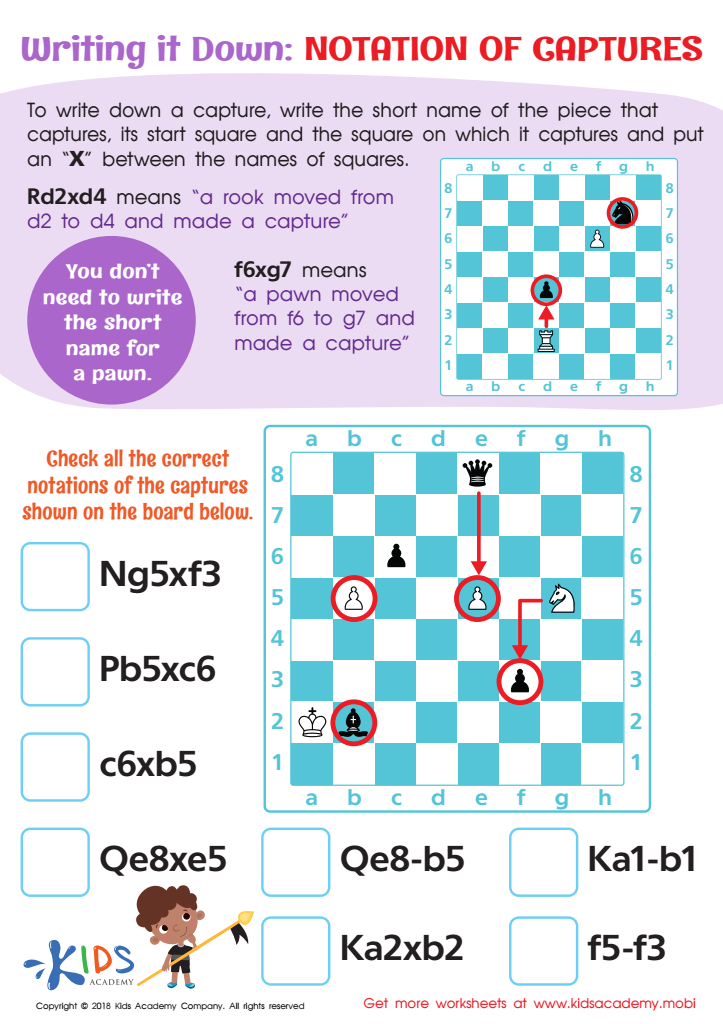

Notation of Captures Writing it Down Worksheet
Attention to detail is essential for children aged 8-9, as it lays the groundwork for both academic success and personal development. During these formative years, students encounter more complex subjects and tasks that require greater concentration, such as reading comprehension, mathematical problems, and scientific observations. Developing attention to detail at this age helps children improve their accuracy and efficiency, leading to better performance in school.
Furthermore, attention to detail fosters critical thinking and problem-solving skills. When children learn to carefully observe and consider the specifics of a situation or task, they become better at identifying patterns, making connections, and developing thoughtful solutions. This skill also enhances their ability to follow instructions accurately, reducing mistakes and fostering a sense of responsibility and independence.
In addition to academic benefits, attention to detail contributes to emotional and social growth. Mindfulness in tasks can cultivate patience and perseverance, qualities that are important for building resilience and coping with challenges. Socially, children who pay attention to details in their interactions are often more empathetic and considerate, enhancing their ability to form and maintain positive relationships.
Overall, encouraging attention to detail in children aged 8-9 provides a strong foundation for lifelong learning and personal success. Parents and teachers play a crucial role in nurturing this skill through supportive, engaging activities and positive reinforcement.

 Assign to My Students
Assign to My Students


